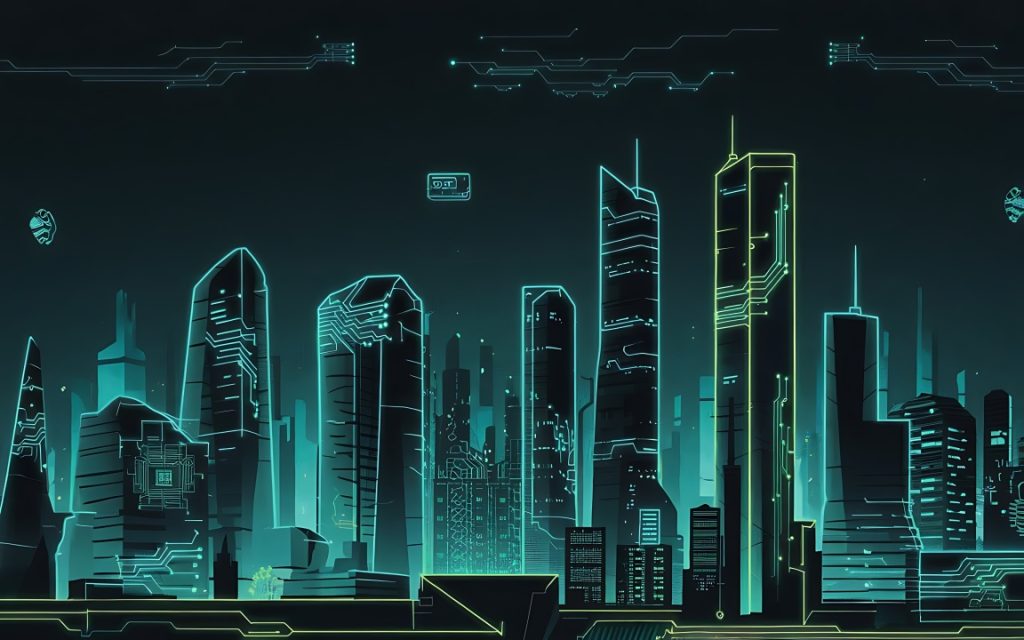The appeal of science fiction and fantasy extends beyond mere escapism; these genres are exercises in world-building. The architects of fortune – the writers, game developers and artists – meticulously craft immersive environments that captivate and transport us. This process hinges on understanding the delicate balance between chance, design and player engagement, much like the strategic risk-taking inherent in gambling.
The creation of a compelling science fiction or fantasy world represents a significant undertaking. It necessitates a profound comprehension of narrative structure, visual design and interactive mechanics. These architects of fortune are not merely constructing backdrops; they are forging living, breathing ecosystems that demand exploration. The intricate details, ranging from the alien flora of a distant planet to the bustling taverns of a medieval kingdom, are meticulously curated to foster a sense of presence and immersion.
The intricate details of a futuristic space station, or the mystical ambiance of a hidden elven city, are meticulously crafted to draw players into the narrative, much like the immersive atmosphere created by a 7bit casino CA and other online platforms.
The Foundation of Immersion: World-Building Principles
The cornerstone of any efficacious immersive environment is internal consistency. A meticulously designed world is one that adheres to its own set of governing principles, whether those principles are rooted in established scientific tenets or in fantastical magical systems. This coherence enables players or readers to suspend disbelief and fully engage with the narrative.
It is important to consider the meticulous world-building of Frank Herbert’s Dune. The harsh desert planet of Arrakis, with its unique ecology and political dynamics, feels utterly real due to its internal logic. Similarly, in video games such as The Elder Scrolls V: Skyrim, the diverse landscapes and cultural nuances of Tamriel create a rich tapestry of experiences. These architects of fortune understand that detail is paramount.
From the neon-lit cyberpunk streets to the enchanted forests of a high-fantasy realm, the visual storytelling within these digital environments is crucial for player engagement.
Key Elements of World-Building
The architectural design and soundscapes in these virtual worlds contribute significantly to the overall player experience, creating a sense of wonder and adventure, and this is similar to the experience offered by https://casinosmirax.com/ and analogous gambling platforms.
- Geography and Ecology: Defining the physical landscape, climate, and natural resources.
- Culture and Society: Establishing social structures, beliefs, and traditions.
- History and Lore: Creating a rich backstory that shapes the present.
- Technology and Magic: Defining the rules governing the world’s capabilities.
- Visual Design: Crafting a consistent aesthetic that reinforces the world’s identity.
Interactive Storytelling: Engaging the Player’s Agency
In the domain of interactive entertainment, the role of the architect has undergone a significant evolution, wherein the architect’s function now extends to the realm of player agency. The architect is tasked with the creation of environments that not only facilitate immersion but also foster empowerment. The player, once a passive observer, has now transitioned to a state of active participation, where their choices wield a profound influence on the narrative progression.
Games such as Disco Elysium are demonstrative of this approach. The city of Revachol is a character in itself, a decaying urban landscape teeming with secrets and moral ambiguities. The player’s ability to explore and interact with this environment, making choices that impact the story, creates a uniquely personal and immersive experience.
The Convergence of Chance and Design: The Thrill of the Unknown
The element of chance, a cornerstone of gambling, also plays a crucial role in immersive environments. Random encounters, procedurally generated landscapes, and unpredictable events have the potential to inject a sense of dynamism and unpredictability into the experience.
This element of the unknown can be likened to the excitement experienced when placing a high-stakes wager. In a similar manner to a gambler anticipating the outcome of a roll of dice, a player exploring a vast open world anticipates the concealed treasures and unanticipated dangers that lie in wait. This convergence of design and chance engenders a sense of wonder and excitement, compelling players to delve deeper into the created world. No-deposit bonuses found in online gaming platforms like 7BitCasino Canada https://7bitcasino-ca.com/no-deposit-bonus/ also play into this thrill of the unknown—offering players the chance to explore new environments and experiences without upfront commitment, mirroring the risk-and-reward dynamic seen in immersive gameplay.
In the realm of science fiction and fantasy, the architects of fortune have attained a level of mastery that transcends mere visual splendour. They have discerned that true immersion in these realms is not merely a matter of creating a visually stunning world, but rather, it is about meticulously crafting an experience that resonates with the player or reader on an emotional level. Through a judicious balancing of design, narrative, and chance, these architects meticulously forge worlds that captivate, inspire, and leave a lasting impression. These worlds, characterised by their exhilarating and unpredictable nature, bear a striking resemblance to the exhilarating and unpredictable nature of a gamble. It is this remarkable ability to create worlds that evoke such a profound response that has earned them the profound affection of their admirers.







